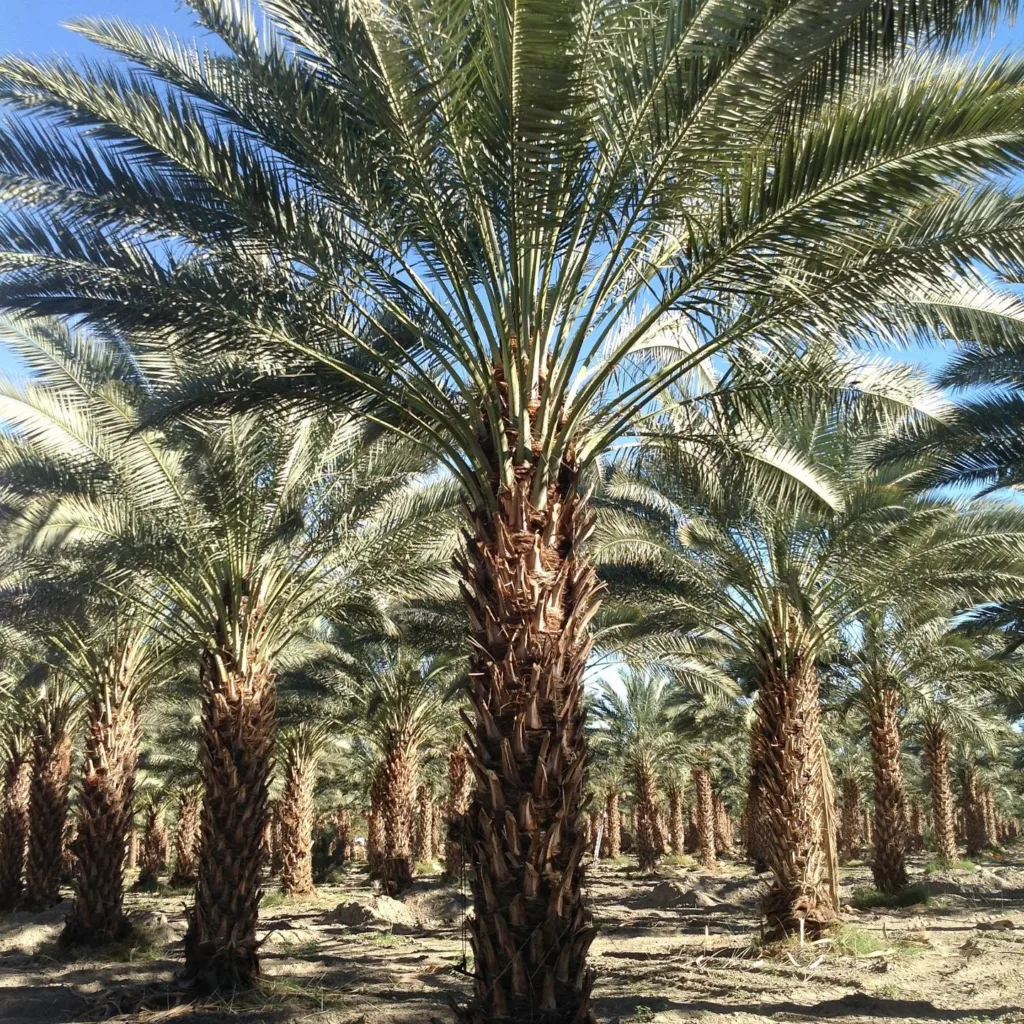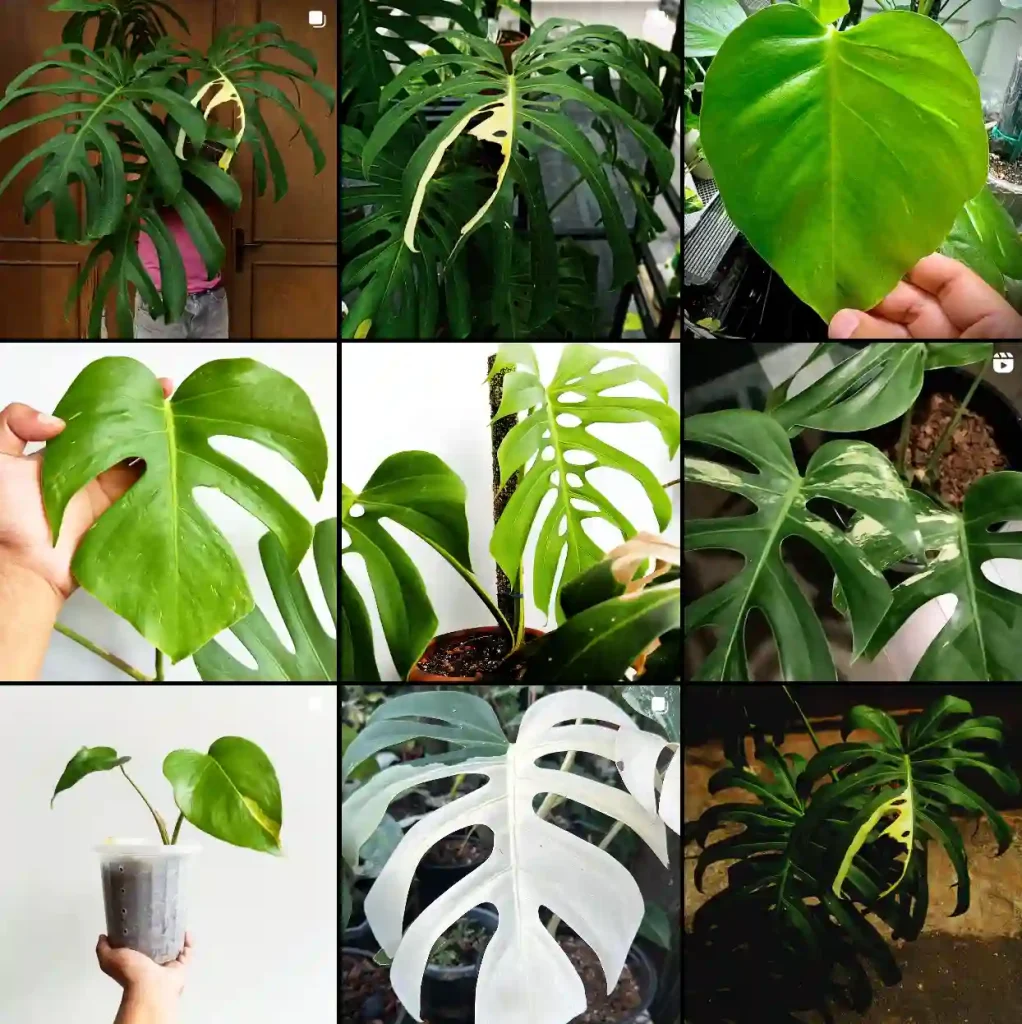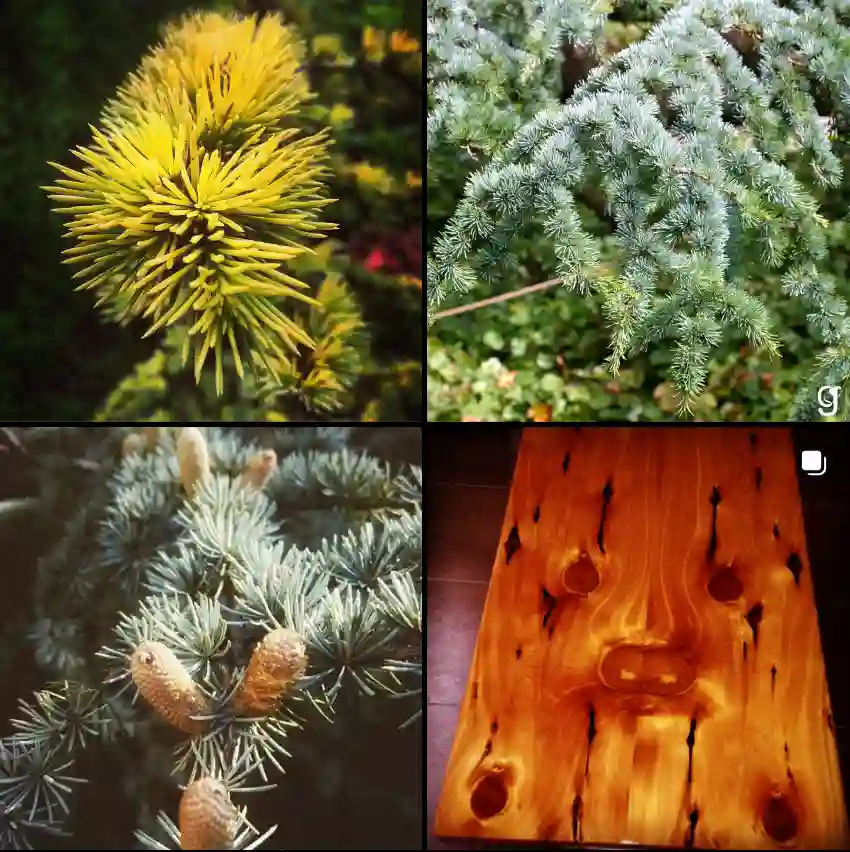Melia: A Fragrant Journey Through a Diverse Genus
My name is Ferb Vu, and today I want to share my fascination with a particular genus of flowering trees: Melia. These trees, belonging to the mahogany family Meliaceae, are known for their beautiful foliage, fragrant flowers, and valuable timber. The name “Melia” itself has a rich history, derived from the Greek word “μελία,” which Theophrastus, a renowned ancient botanist, used to describe a different tree with similar leaves – the manna ash (Fraxinus ornus).
A Deep Dive into Diversity
While the genus Melia might not be as extensive as some others in the plant kingdom, its members boast a captivating array of characteristics. Let’s take a closer look at the recognized species:
- Melia azedarach: Commonly known as the Chinaberry tree, Melia azedarach is a deciduous tree native to the Indian subcontinent and Southeast Asia. It’s recognized for its attractive, fragrant lilac-colored flowers and round, yellow berries that persist through winter, adding ornamental value. The tree grows rapidly and can reach up to 12 meters in height. While it’s often planted as an ornamental or shade tree, Melia azedarach also has traditional medicinal uses, especially in Ayurvedic and folk medicine. However, it’s important to note that the berries are toxic if ingested by humans or animals, so caution is advised when planting in residential areas.
- Melia dubia: Native to South Asia, Melia dubia, or Malabar neem, is a fast-growing tree popular in agroforestry and commercial plantations due to its high-quality timber and rapid growth rate, reaching up to 20 meters in about five years. Its wood is light but durable, making it suitable for plywood, furniture, and construction. This species is valued for its adaptability to various soil types and its low maintenance needs. Additionally, Melia dubia contributes to soil enrichment through nitrogen-fixing capabilities, and its foliage is sometimes used as cattle fodder, although it should be monitored due to the mild toxicity of some compounds.
- Melia volkensii: Known as the Mukau tree, Melia volkensii is a drought-resistant species indigenous to arid and semi-arid regions of East Africa, especially Kenya. This tree is prized for its high-quality hardwood, which is termite-resistant and valuable for making furniture and carvings. Its ability to thrive in low-rainfall areas makes it an important species for reforestation projects in dry lands, where it helps reduce soil erosion. Melia volkensii also provides shade and its seeds, though potentially toxic, have been traditionally used to produce insecticides, reflecting its importance in both environmental and local agricultural practices.
More Than Just Pretty Flowers
The allure of Melia extends beyond its aesthetic appeal. These trees have played, and continue to play, an essential role in various cultures and industries.
- Traditional Medicine: Various parts of Melia azedarach, including its leaves, bark, and fruits, have been used in traditional medicine for centuries. They are believed to possess anti-inflammatory, analgesic, and antipyretic properties. However, it’s crucial to note that the fruits are toxic to humans and some animals if ingested.
- Pest Control: Melia azedarach is a natural source of azadirachtin, a potent insect repellent and insecticide. This compound is extracted from the tree’s seeds and used in organic farming and gardening to protect crops from pests.
- Timber Production: Both Melia dubia and Melia volkensii are valuable sources of timber. The wood is known for its strength, durability, and attractive grain, making it suitable for various applications, from construction and furniture making to crafting musical instruments.
- Environmental Significance: Melia trees contribute to ecological balance by providing habitat and food for various wildlife species. Their flowers attract pollinators like bees and butterflies, while their fruits are consumed by birds.
Looking Ahead
As our understanding of the genus Melia continues to evolve, so too will its applications and significance. Ongoing research is exploring the potential of Melia species in areas like biofuel production and phytoremediation – the use of plants to clean up environmental pollutants.
The journey through the world of Melia is a testament to the intricate connections between nature, culture, and human ingenuity. These trees, with their beauty, versatility, and ecological importance, remind us of the invaluable role that the plant kingdom plays in our lives.
If i die, water my plants!



